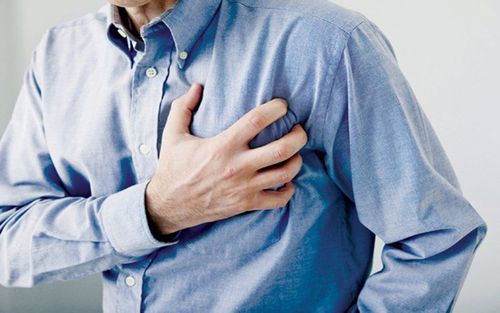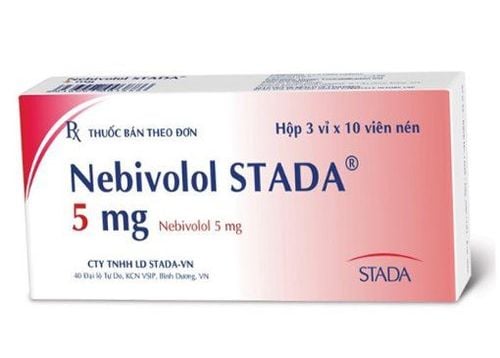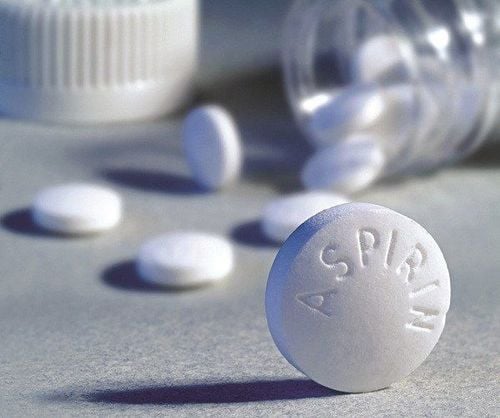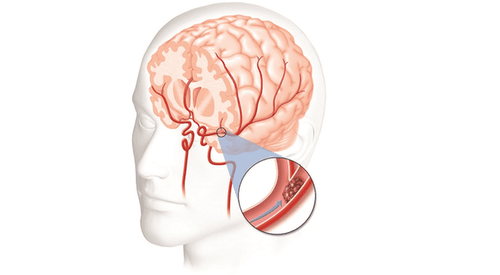This is an automatically translated article.
Master, Specialist Doctor I Nguyen Thi Thanh Binh - Rehabilitation Doctor - General Surgery Department - Vinmec Danang International Hospital
Stroke or cerebrovascular accident is not a new story but never old. Because of the prevalence and the rejuvenation of this disease, it has placed a heavy burden on medical care. Neurological rehabilitation after stroke is an issue of increasing interest.
1. What is a stroke? Causes of stroke
Stroke was defined as neurological deficits that occur suddenly with local rather than diffuse symptoms and persist for more than 24 hours or are fatal within 24 hours, including hemorrhagic stroke. 15-20%) and ischemic stroke (accounting for 80-85%). This is a medical condition that requires urgent detection for prompt treatment.Causes of ischemic stroke are almost related to:
High blood pressure Diabetes Dyslipidemia Obesity sedentary Hemorrhage
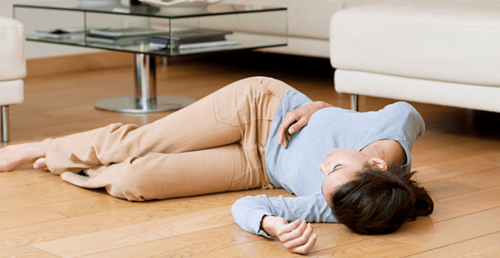
2. Natural course and risk of stroke
Natural course is common in stroke survivors, neurological function begins to recover after the first few days and continues to recover rapidly in the first 3 months; gradually over the next 6-12 months and a little over the next 1-2 years. The type of recovery varies from patient to patient.The risk of disability in the first year after stroke will be up to 20-30% needing comprehensive care, 20-30% depending on others for daily activities such as bathing, changing, moving .
Indicators for poor rehabilitation after stroke such as:
Urinary incontinence Poor posture control Cognitive dysfunction Poor mobility Poor spatial perception dysfunction sensation, loss of depth sensation, and severe loss of movement
3. Neurological rehabilitation after stroke
The impact of upper extremity on daily activities in cerebral stroke is very large. However, the ability to recover the upper extremities after stroke is not high.According to recommendations, all patients hospitalized for acute stroke should be initiated early (within 24 to 48 hours after stroke onset) if there are no contraindications.
Contraindications to early mobilization include:
Patients undergoing interventional procedures involving arterial punctures Unstable medical conditions Low oxygen saturations Fracture or combined lower extremity traumak. Therefore, to improve motor recovery after stroke, it is necessary to:
Start exercising early and appropriately. Patients need a lot of motivation, try The intensity of exercise gradually increases, repeats many times, high frequency Exercise Focused on the Specifics of the Patient Early rehabilitation for stroke patients should be carried out in an environment that is adequate and appropriate to the patient's living environment, thereby allowing for all types of exercise. all brain functions in a natural way. The intensity of exercise should be gentle in the acute phase, gradually increasing in the later stage. The rehabilitation program combines physical therapy, occupational therapy and speech therapy with other specialties such as psychotherapy and nutrition. In addition, patients should be given priority to use neuroprotective drugs; In addition, it is necessary to use drugs to prevent secondary stroke in ischemic stroke such as lowering blood pressure, inhibiting platelet aggregation.
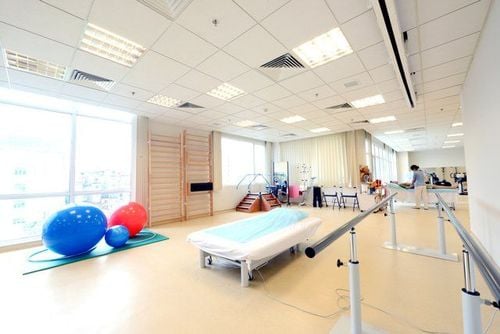
Currently, Magnetic Resonance Imaging - MRI/MRA is considered a "golden" tool for brain stroke screening. MRI is used to check the condition of most organs in the body, especially valuable in detailed imaging of the brain or spinal nerves. Due to the good contrast and resolution, MRI images allow to detect abnormalities hidden behind bone layers that are difficult to recognize with other imaging methods. MRI can give more accurate results than X-ray techniques (except for DSA angiography) in diagnosing brain diseases, cardiovascular diseases, strokes,... Moreover, the process MRI scans do not cause side effects like X-rays or computed tomography (CT) scans.\
Vinmec International General Hospital currently owns a 3.0 Tesla MRI system equipped with state-of-the-art equipment by GE. Healthcare (USA) with high image quality, allows comprehensive assessment, does not miss the injury but reduces the time taken to take pictures. Silent technology helps to reduce noise, create comfort and reduce stress for the client during the shooting process, resulting in better image quality and shorter imaging time. With the state-of-the-art MRI system With the application of modern methods of cerebral vascular intervention, a team of experienced and well-trained neurologists and radiologists, Vinmec is a prestigious address for stroke risk screening and screening. reliable goods.
In the past time; Vinmec has successfully treated many cases of stroke in a timely manner, leaving no sequelae: saving the life of a patient suffering from 2 consecutive strokes; Responding to foreign female tourists to escape the "death door" of a stroke;...
Please dial HOTLINE for more information or register for an appointment HERE. Download MyVinmec app to make appointments faster and to manage your bookings easily.





